Peugeot Rifter review: A tall, boxy Tonka toy car with lots of storage
There’s not much to fault on the Rifter, provided you’re receptive to the basic concept. But is that enough in such a competitive sector?
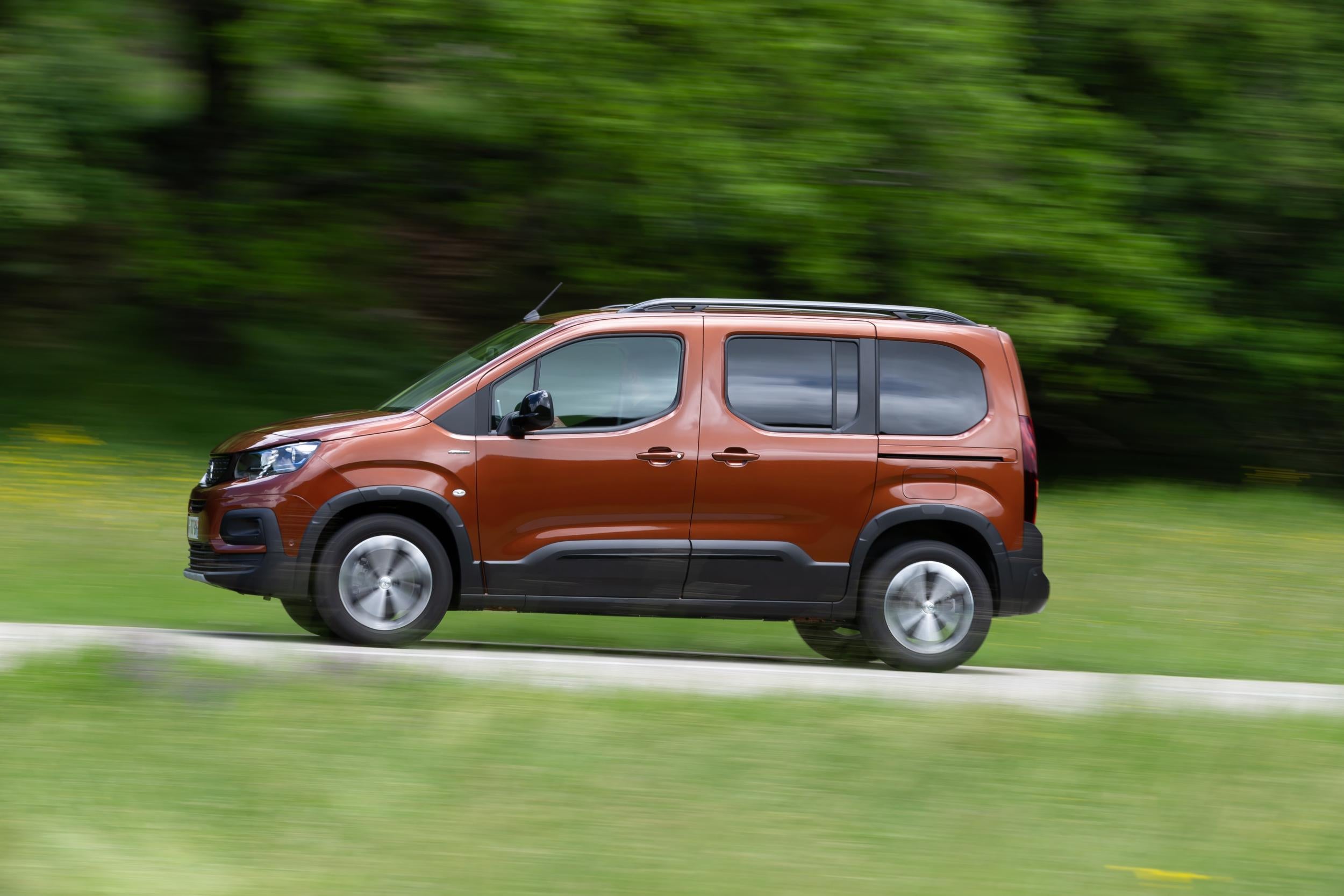
Your support helps us to tell the story
From reproductive rights to climate change to Big Tech, The Independent is on the ground when the story is developing. Whether it's investigating the financials of Elon Musk's pro-Trump PAC or producing our latest documentary, 'The A Word', which shines a light on the American women fighting for reproductive rights, we know how important it is to parse out the facts from the messaging.
At such a critical moment in US history, we need reporters on the ground. Your donation allows us to keep sending journalists to speak to both sides of the story.
The Independent is trusted by Americans across the entire political spectrum. And unlike many other quality news outlets, we choose not to lock Americans out of our reporting and analysis with paywalls. We believe quality journalism should be available to everyone, paid for by those who can afford it.
Your support makes all the difference.It would be quite wrong to just dismiss the Peugeot Rifter as a van with windows. You should be fair. You should dismiss it as a van with electric windows, front and rear.
Only kidding. The Rifter was developed as a joint commercial vehicle/passenger multi-purpose vehicle, says Peugeot, and it wanted, among other things, to make sure that the windows at the back, which usually just open on a latch or slide back on runners in these kinds of car, actually open properly, up and down, like in a “real” car. They do.
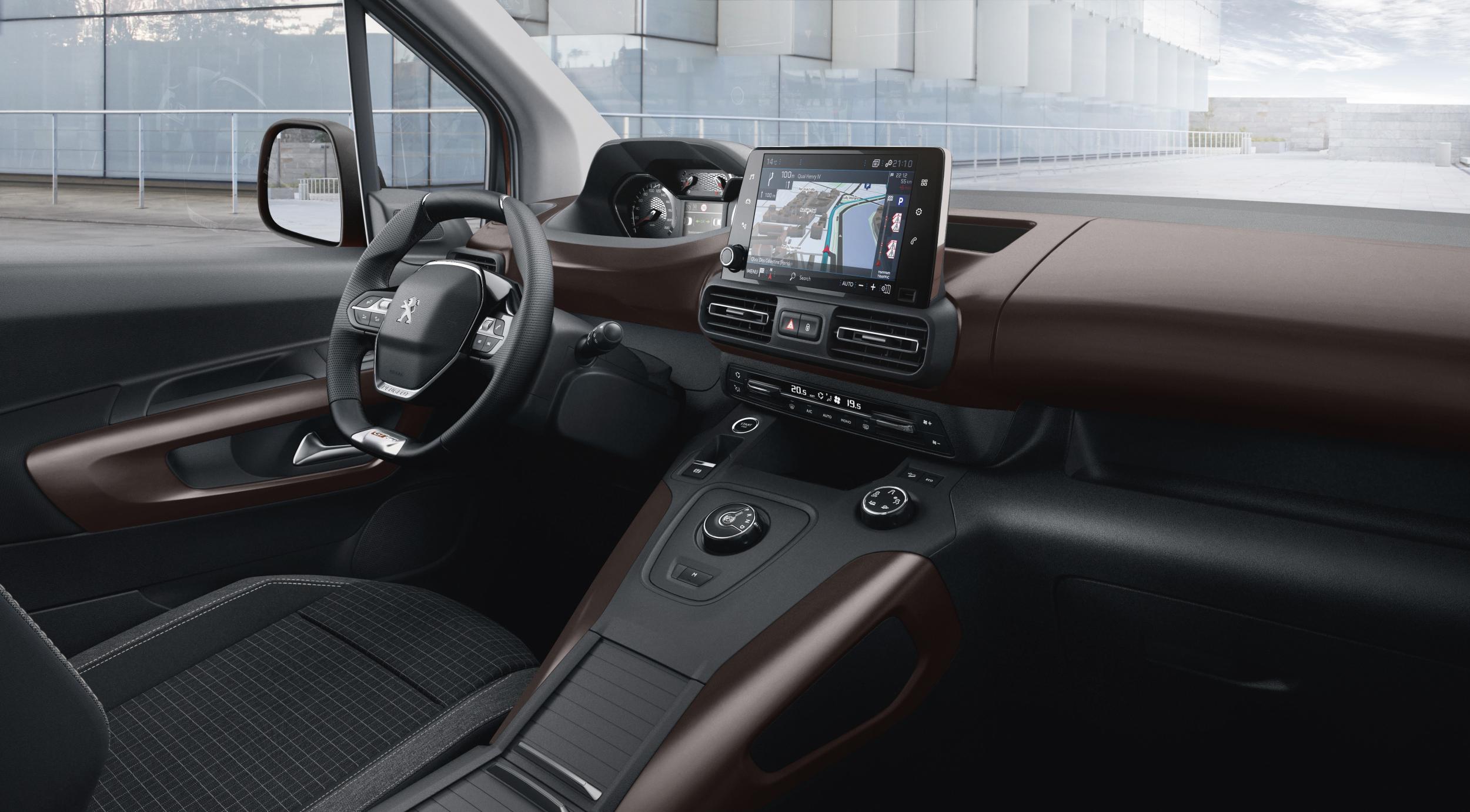
There are other civilised elements. The suspension is tuned for this “civilian” version of the Rifter, so it rides better than the van. There’s a nice full-length translucent sunroof and the Rifter is so up to date it has wireless charging for your phone. Peugeot has equipped the Rifter with its “iCockpit”, which means a big tablet-style 8-inch touchscreen on top of the dash in the middle, plus a raised setting for the dials, so you eye doesn’t need to wander too far from the road.
It’s a much cheaper version of the “head up” display that does much the same thing. It’s a sensible innovation, and you wonder why car designers haven’t though to doing that before. The rear doors manually slide across the bodywork, van-style, which assists accessibility and adds to the fun.
The spec
Peugeot Rifter 1.5 BlueHDI 100 Allure
Price: £24,220 (as tested
Engine capacity: 1.5-litre diesel; 4-cylinder; 6-speed manua
Power output (bhp): 210
Top speed (mph): 10
0-60mph (seconds): 1
Fuel economy (mpg): 65.
CO2 emissions (g/km): 114
If storage boxes were the measure of motoring sophistication, then the Rifter would be the most refined thing on the road. Depending on the level of trim – “Active”, “allure” or “GT-line” in ascending order of poshness – you can have anything up to eight, including two huge ones between the front seats, so large that you can’t reach the bottom of either from the driver’s seat. They’re that big! There are compartments in the roof, front and rear, and as well as multiple glove boxes and cubby holes all around the cabin.
Maybe when they bring the longer wheelbase version out – the standard one is the sole offering at launch – there will be even more boxes for your gear. Maybe they’ll get the number of storage boxes in a Rifter up to double figures. The French, eh? What a load of boites.
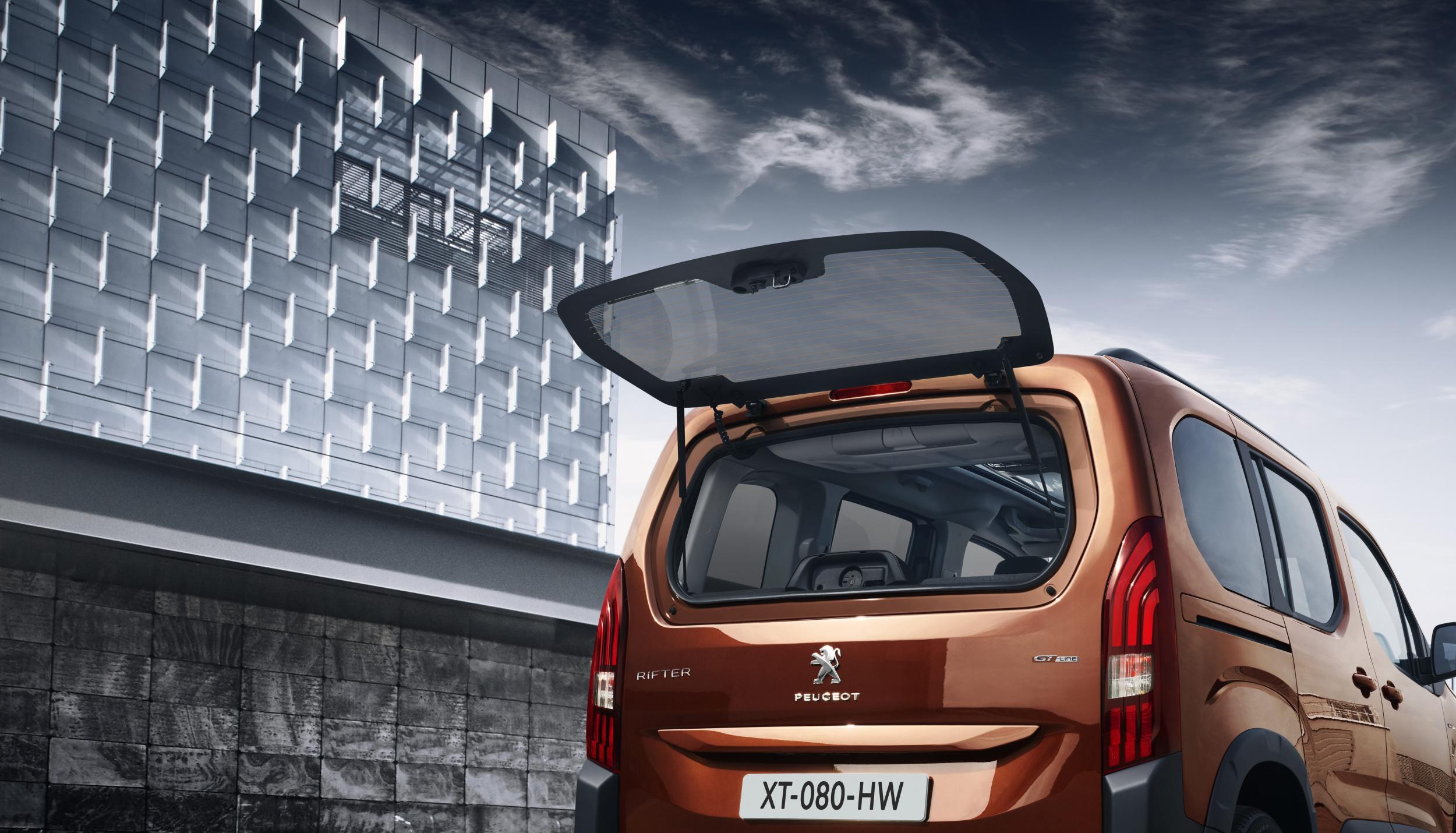
I also liked the very practical rear window, which you can use as an alternative to the tailgate if you’re in a tight parking space or whatever. Not that you should find parking too much of an issue, as the Rifter has been built tall and with a compact footprint on the ground, strongly reminiscent of the approach some Japanese manufacturers took to make the best of local laws on car dimensions in congested cities (for example the Suzuki Wagon R or Daihatsu Materia).
The Rifter, thus, has a high snub-nosed sort of frontage, a vertical rear end and a wheel at each corner. It’s cute, a “Pug” car that looks like a pug dog.
Inside the tightly packaged space there are 4,000 litres of storage space in the boot (floor to ceiling), and 186 litres in all those boxes and cubbies around the place, plus seats for five (seven in the long wheelbase version). As an option you can even specify “Visio-assist”, which will virtually park the car for you. Voila!
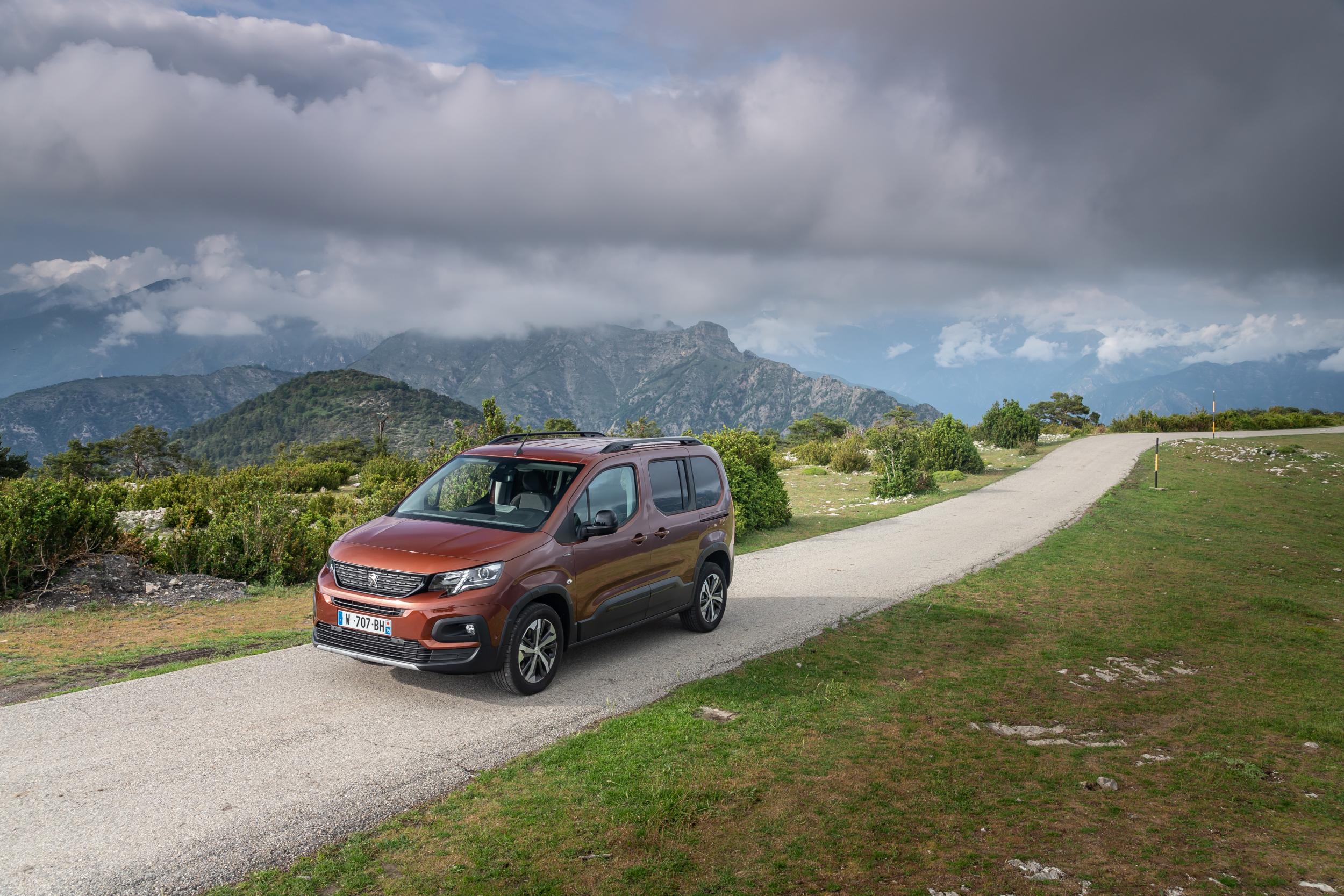
With its high, chunky styling the Rifter looks like a Tonka toy, its designers like to think, and you can see the resemblance. Suits it.
As usual with modern Peugeots, the engines are all smooth and economical, but the petrol versions are much the better choice, and probably with the automatic gearbox, so parents have one less thing to worry about as they cart a noisy family about. It’s a proper auto box now, Peugeot having reverted to a traditional torque converter design, and about time too.
There’s not much to fault on the Rifter, provided you’re receptive to the basic concept. One small but annoying thing is that there’s no coat hook, not even one on the grab handle. In such a practical car that seems very strange.
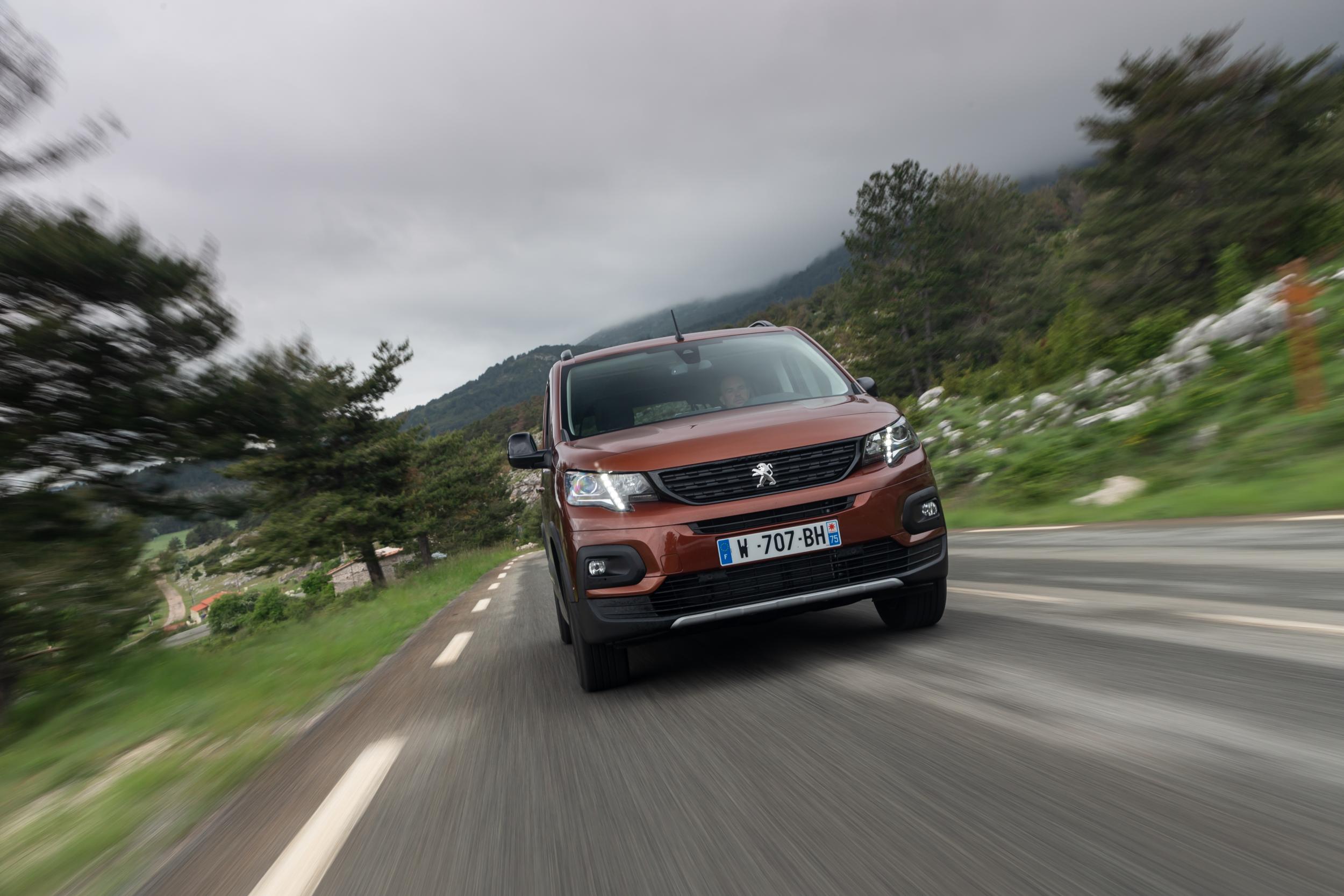
The steering wheel is rather too small for comfort, and has squared-off edges top and bottom, which leaves the “wheel” almost rectangular. The wheel would be better larger, and with the cruise controls actually on the surface rather than tucked behind the wheel in a little appendage. Too fiddly all round.
So that’s the Rifter then. It’s a little pricey for its type – it’ll cost anything from just under £20,000 to around £25,000. You might be better waiting for the Citroen or Vauxhall versions (now both brands are owned by Peugeot SA) as they’ll probably be pitched a little lower. Even so there’s tough competition in this value-conscious corner of the market, especially from the likes of the new Dacia Duster. Fewer boxes, though.
Join our commenting forum
Join thought-provoking conversations, follow other Independent readers and see their replies
Comments